Voices of the Water Fellows visit Raybel Charters
Last Monday I went with Silvia, and voices of the water fellows Cassie, Lucy, Ellie and Maedeh on a trip to Sittingbourne to visit Raybel Charters, an old Thames barge sitting on the water at the top of Milton Creek, where the river borne emerges out of the ground and flows into the Thames. After a winding bus ride on a rail replacement service, we arrived, slightly car sick, half an hour late and freezing cold into the Sittingbourne train station carpark.
There we were met by the lovely Faye, who led us through an unpromising landscape of crossing a-roads and a retail park. But then we reached the gate of Lloyds Wharf and emerged into a rustic river-side work-yard. We were greeted by a giant teddy bear of a dog who crawled out of the back of a van, and a little pug called Erik. In planters around the site were vibrant blue grape hyacinths, purple crocuses, pink hyacinths and daffodils. The tide was out in the creek. A curious tarpaulin covered structure beckoned us to explore.
The Raybel was built in Sittingbourne and launched in 1920. Nearly a hundred years later it was bought for one pound by the Raybel Charters team in 2019 and returned to Sittingbourne at Lloyds Wharf at the top of Milton Creek. This site was secured in partnership with the dolphin sailing barge museum, creating a general community heritage site from the combined projects. With the help of heritage lottery funding, Raybel Charter’s team of voluntary ship builders and architects are working to restore the boat to seaworthy condition. In the beginning the boat had to be inhabited 24/7 to protect it from intruders and Faye tells us about nights spent in the hull listening to all the little sounds.
As part of our visit, we made folk-art boats with artist in residence Martin, and helped the director Chris to test the water in the creek. It was depressing to see the pollution levels for ourselves, especially in this unusual habitat where fresh water meets salt-water, that could otherwise be home to a thriving ecosystem. We learnt about the industrial history of the creek; the fishermen who could no longer fish in the river after the paper mills released toxins that killed the fish, turning the river blue one day, purple the next, leaving a layer of toxic sediment that can’t be disturbed to this day. We also learnt about the sewage works that pollutes the water in modern times. But there was also hope in the story; Chris told us about the relationships he was building with employees at the local sewage treatment. He said that one man was looking after the badgers at the waste treatment works, and that this employee was very affected each time the centre released sewage into the rivers. This story was a reminder to me of the importance of dialogue and relationship building in making change. It made me think that if enough people on the ground care about conducting the industry with integrity, maybe this is a way in to those able to enact a change.
The project is also raising awareness and hoping to inspire change working in the cargo transportation industry. Once the Thames estuary was teaming with barges like Raybel, carrying goods and raw materials from across the North Sea and English Channel. However, hundreds of Thames barges were lost when diesel replaced wind power. Now the rivers are barely used for transporting goods and the roads are populated by petrol hungry lorries, and the oceans ruled by diesel cargo shops. The Raybel will sail cargo along the estuary into London as an example of alternatives to heavily polluting lorries and diesel cargo ships. The restored barge will also be a place for the community of Sittingbourne to connect to each other, their heritage, and the local ecosystem.
At the end of the day, we were finally able to explore the ship. It was beautiful with its smells of woodwork new and old, and it’s patchwork combination of original and new materials.
It was inspiring to visit Raybel Charters as a young adult in a time of pessimism about the future, trying to build a working life that is meaningful. I saw that there are people coming together to make something that is mindful and generative, addressing two vital but vulnerable pillars of a healthy world, environment, and community.




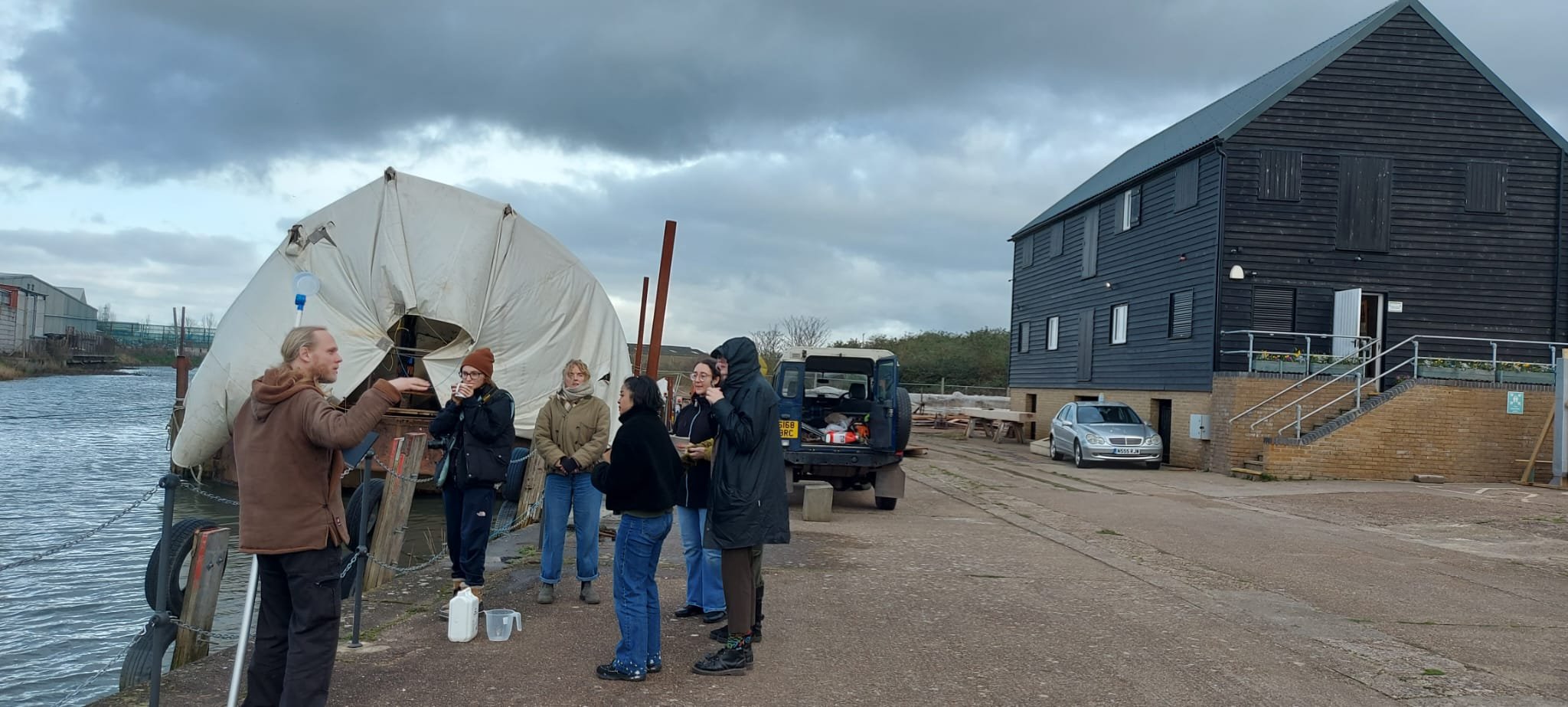

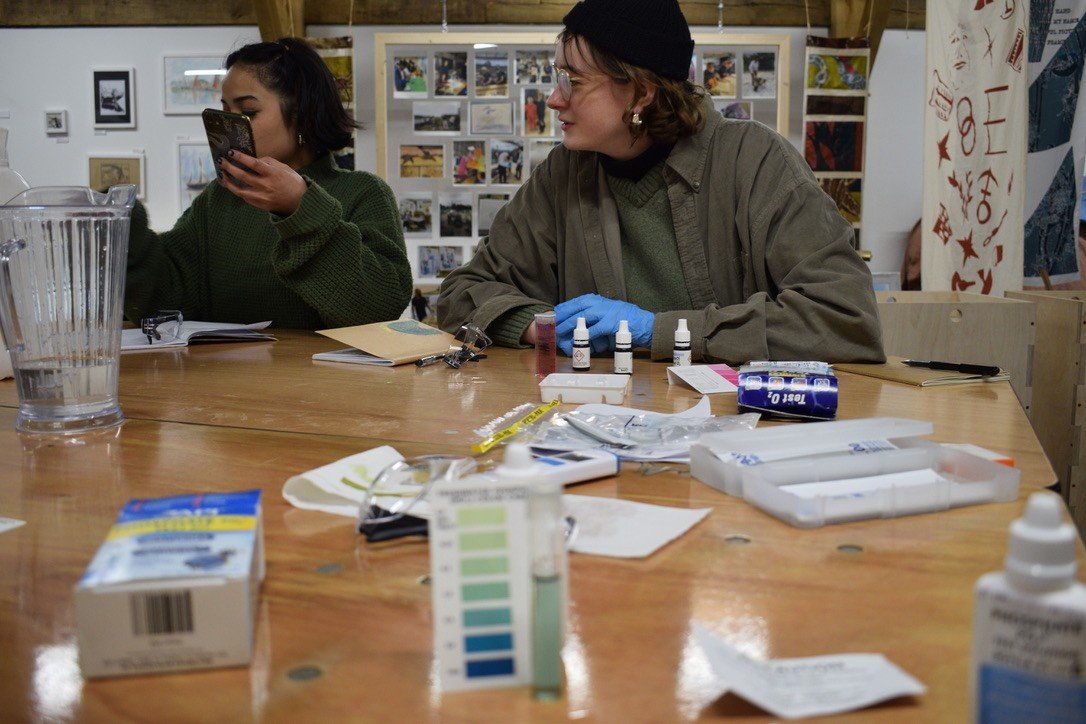
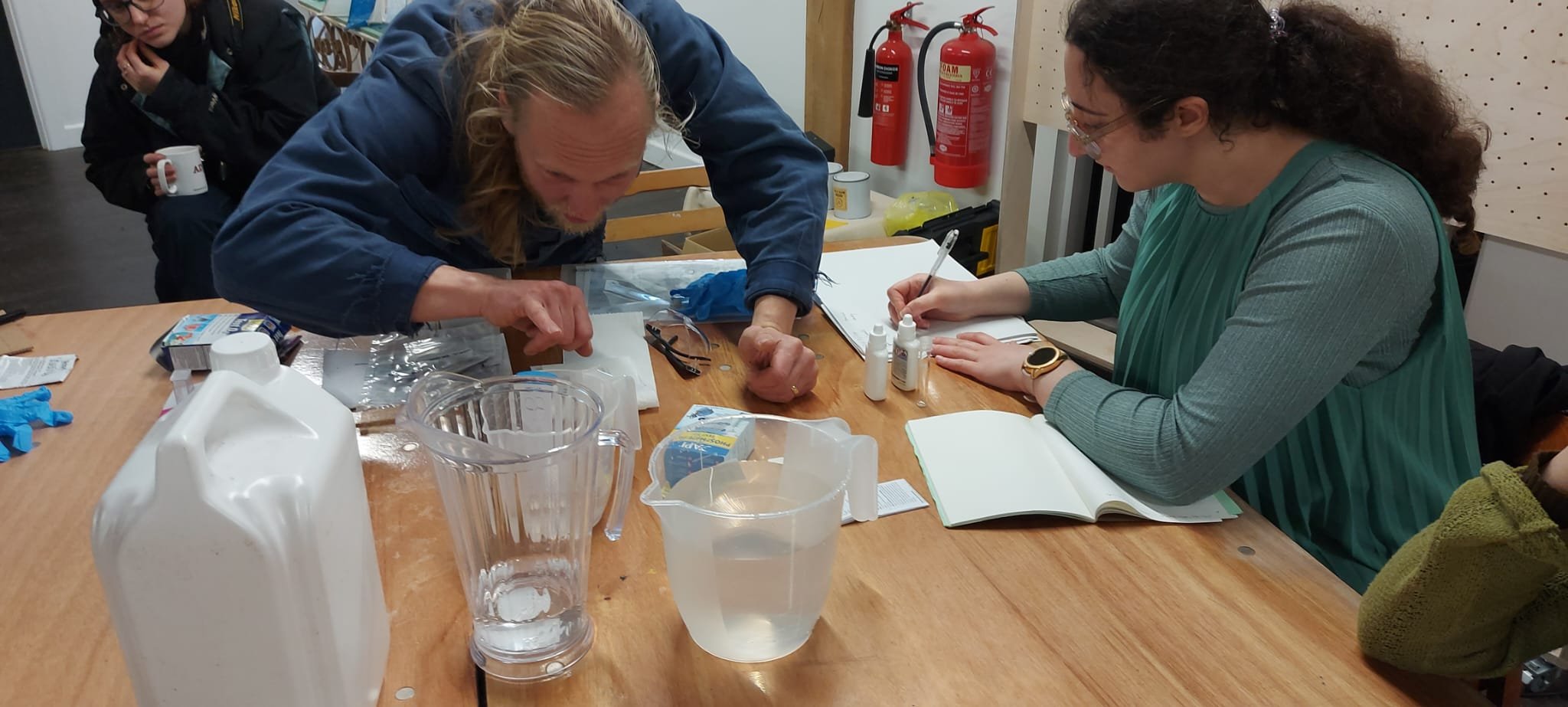
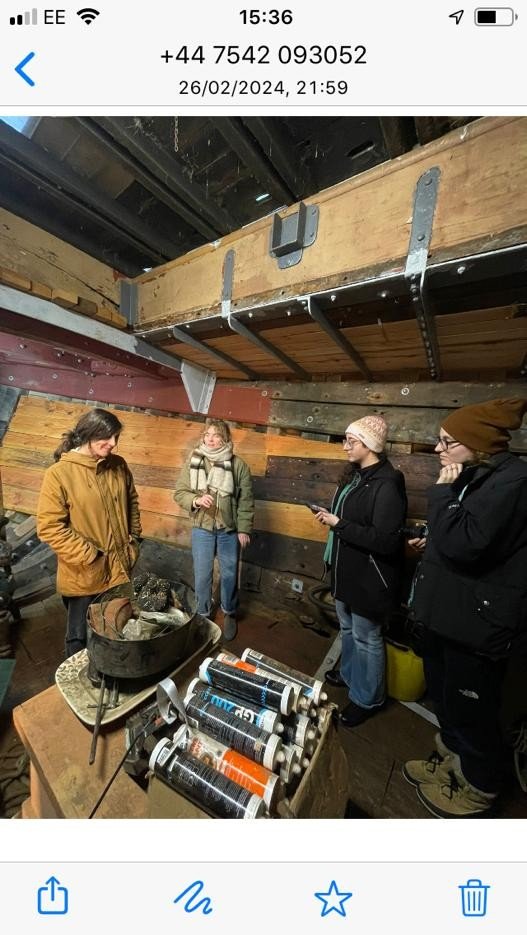
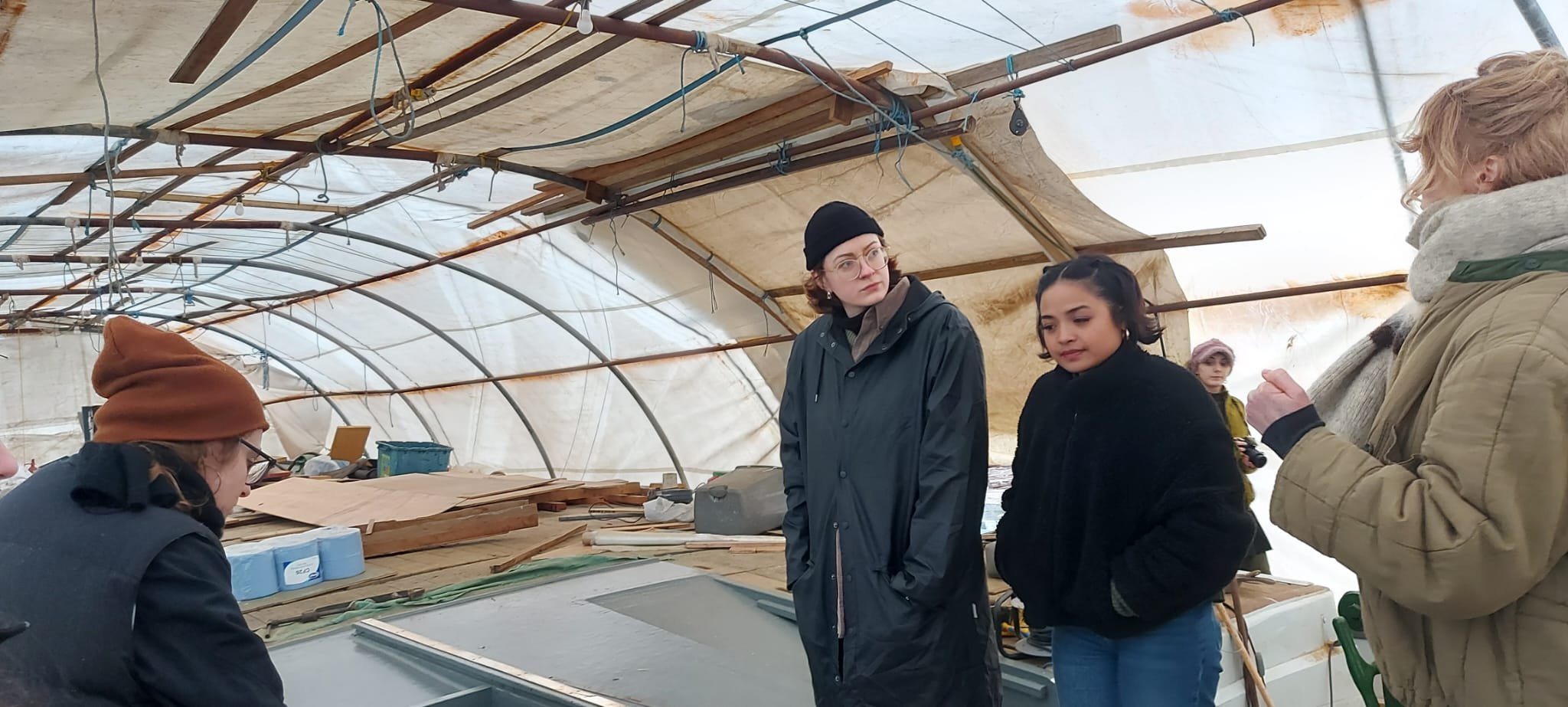

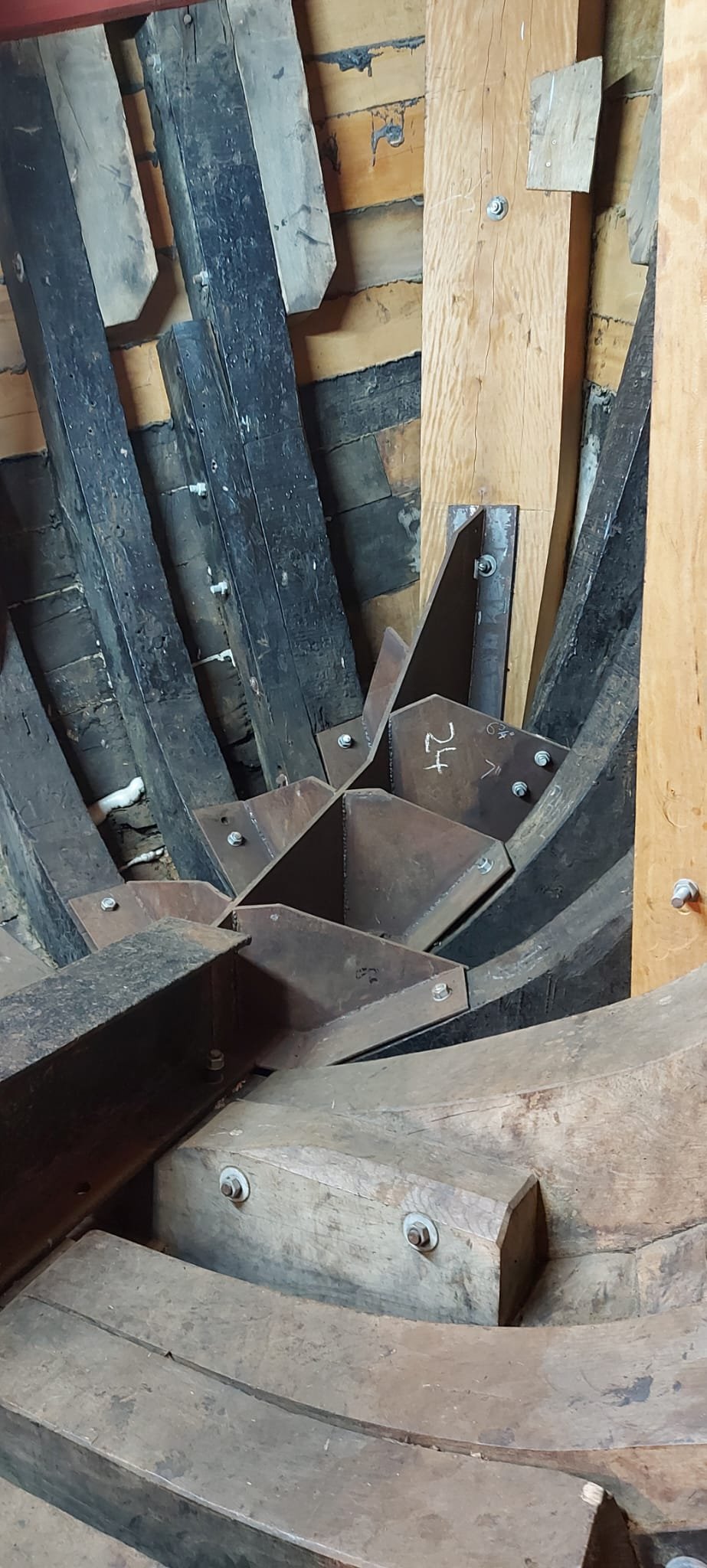




The barge art session hosted by Sarah Pimenta and Pia Jones was reviving.